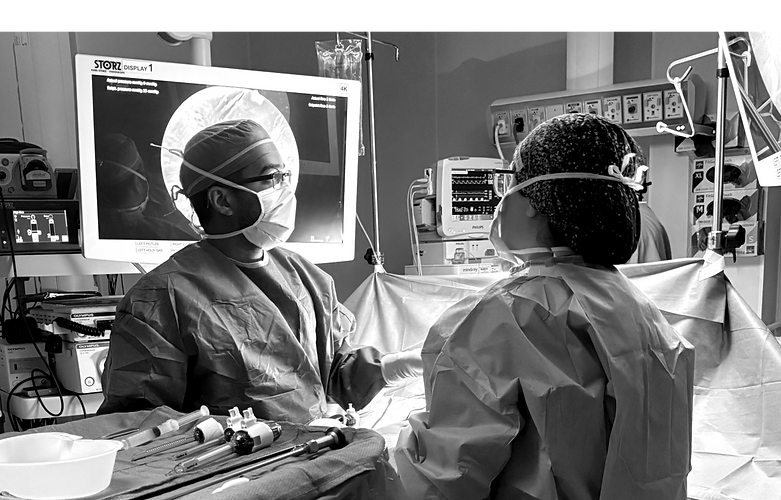Appendix Surgery

Signs and Symptoms
Review the signs and symptoms of appendicitis.

Diagnostic Testing
From physical examination and lab studies, to ultrasonography and computerized tomography (CT) imaging, disease of the appendix can be diagnosed in many different ways.

Treatment
From antibiotics to surgical removal of the appendix (appendectomy), learn about the treatment for acute appendicitis and other disease of the appendix
Signs and Symptoms

-
Symptoms: sudden-onset of pain at the navel that shifts to the right lower side of the abdomen, nausea and/or vomiting, loss of appetite, fever, constipation, pain that worsens with pressing on the area, coughing or movement.
-
The appendix is a small worm-like/tubular organ that is located in the right lower side of the belly. It hangs off the first part of the large intestine (colon) called the cecum.
-
It is considered a vestigial organ -- in other words, the appendix has no known essential function in humans today.
-
Blockage of the base of the appendix can cause appendicitis. This may be due to hardened stool, enlarged lymphoid tissue, tumors, or other GI infections.
-
Symptoms typically develop quickly over a few hours.
Diagnostic Testing

-
Laboratory studies are typically obtained if appendicitis is suspected. This may include blood counts to look at you "white blood cell count". If this is elevated, a condition called "leukocytosis", it typically indicates an underlying inflammatory process or infection.
-
In young children or pregnant women, sometimes an ultrasound can be helpful at diagnosing appendicitis.
-
Imaging is NOT always required to make the diagnosis of appendicitis. If the signs and symptoms are typical, a diagnosis can be made without needing any imaging at all, though imaging studies can be helpful in confirming the diagnosis.
-
A CT (computerized tomography) scan is the best study to confirm the diagnosis of appendicitis.
Treatment

-
Those with uncomplicated appendicitis may be candidates for antibiotic treatment; it is important to know, not all patients are good candidates for this strategy, and about 40% of those treated with antibiotics may need their appendix removed at 1 year after developing appendicitis if they are treated with antibiotics alone.
-
The operation to remove the appendix is called an "appendectomy" and it typically requires three small incisions on the lower abdomen.
-
Patients usually have minimal post-operative pain.
-
Patients usually experience faster recovery than open appendectomy, where a bigger incision is made.
-
Most patients go home either the same day of the surgery or the next day. In cases of more severe or complicated appendicitis (like when the appendix ruptures), some patients need to stay in the hospital a few days to receive additional antibiotics.
-
This is performed under general anesthesia, so the patient is asleep throughout the procedure.
